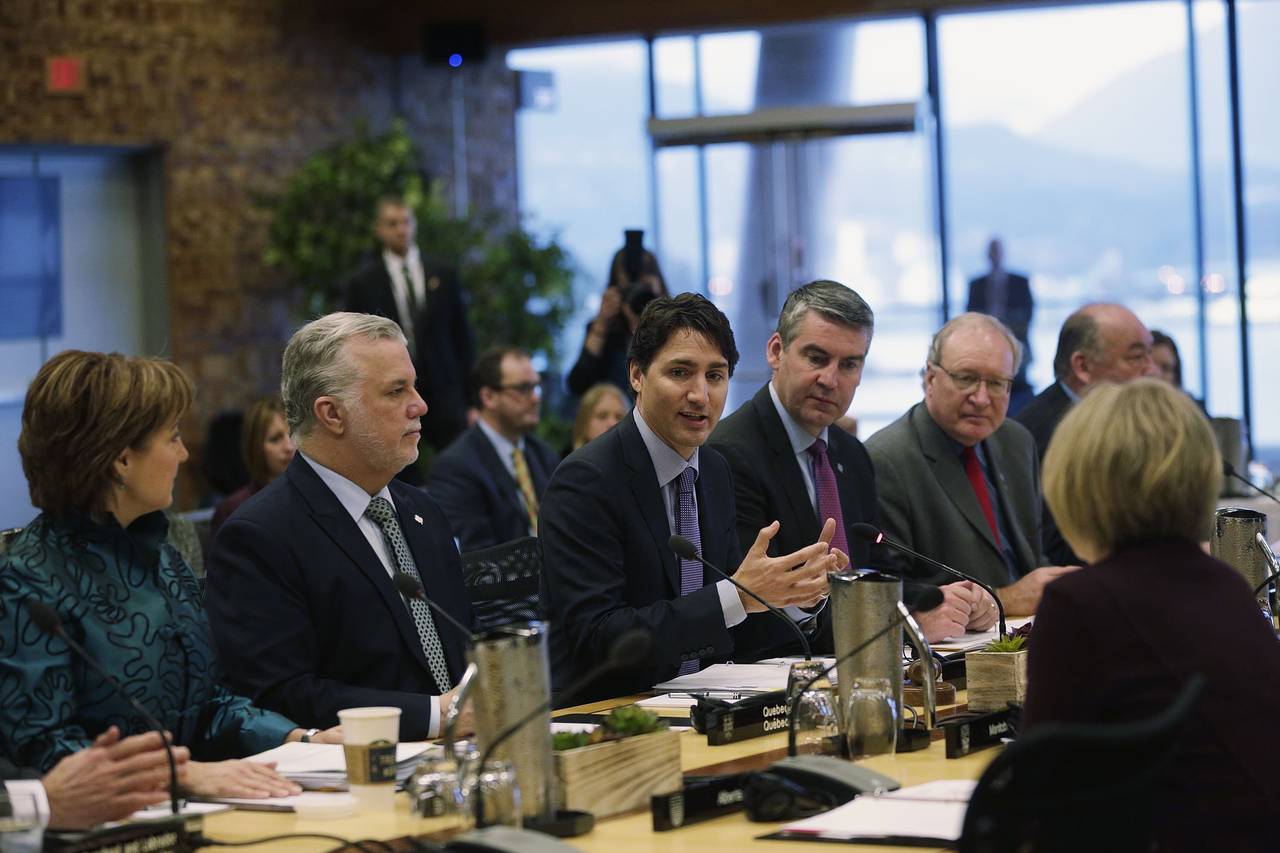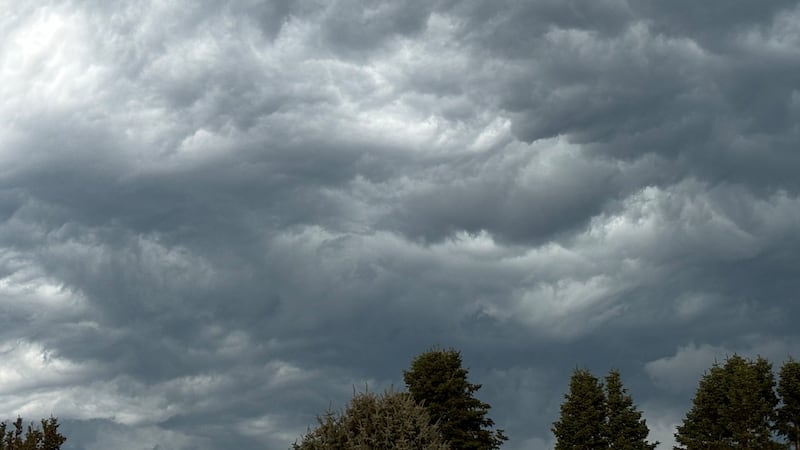Europe On Edge: Analyzing Recent Russian Military Movements

Table of Contents
Increased Military Activity Near Ukraine's Borders
The most significant manifestation of heightened Russian military movements is the dramatic increase in military activity near Ukraine's borders. This escalating situation demands careful analysis.
Troop Buildup and Deployment
Reports from NATO and independent analysts indicate a substantial troop buildup and deployment along Ukraine's eastern and northern borders. The scale of this deployment is unprecedented in recent years. While precise numbers remain difficult to verify independently, estimates suggest tens of thousands of troops, including elements from the 1st Guards Tank Army and the 41st Combined Arms Army, are involved. These forces are equipped with a wide array of advanced weaponry, including tanks (T-72B3, T-90A), artillery systems (2S19 Msta-S self-propelled howitzers), and multiple rocket launchers (BM-21 Grad). This concentration of military hardware represents a significant escalation. Sources include reports from the UK Ministry of Defence, open-source intelligence (OSINT) investigations, and analyses by think tanks such as the Institute for the Study of War.
Military Exercises and Drills
Russia has also significantly increased the frequency and scale of military exercises near the Ukrainian border. While the Russian government claims these exercises are routine, their proximity to the border and the intensity of the maneuvers raise serious concerns. These exercises often involve large-scale maneuvers simulating offensive operations, testing the readiness and capabilities of various military units. Maps illustrating the locations of these exercises, often publicized by Russian state media, show a clear pattern of activity directly adjacent to Ukrainian territory. The stated purpose of these exercises, as communicated by the Kremlin, is to enhance military readiness and deter aggression. However, independent analysts view these activities as a potential prelude to further military action.
Russian Naval Activity in the Black Sea and Baltic Sea
The heightened Russian military movements are not limited to land forces. Significant increases in naval activity in both the Black Sea and Baltic Sea further exacerbate regional tensions.
Increased Naval Presence
The Russian Navy has significantly increased its presence in both the Black Sea and Baltic Sea. This includes deployments of frigates, destroyers, submarines, and support vessels. This increased naval presence enhances Russia's capabilities for projecting power in these strategically important regions, impacting maritime security and potentially threatening access to vital shipping lanes. Several naval exercises and maneuvers have been conducted, further contributing to the feeling of heightened tension.
Potential Threat to NATO Allies
This heightened Russian naval activity directly affects NATO members bordering the Black and Baltic Seas – countries like Romania, Bulgaria, Poland, and the Baltic states. The potential for naval incidents and escalation remains a significant concern. Any conflict in these waters could disrupt vital trade routes and severely impact the economies of these nations. Freedom of navigation, a cornerstone of international maritime law, is directly challenged by this increased Russian naval presence.
The Implications of Russian Military Movements for European Security
The ongoing Russian military movements have far-reaching implications for European security and the broader geopolitical landscape.
Geopolitical Implications
The current situation dramatically alters the geopolitical balance in Europe. The potential for escalation, either through direct military confrontation or further destabilizing actions, poses a severe threat to regional stability. Understanding Russia’s strategic goals behind these movements is crucial. Several interpretations exist, ranging from attempts to exert influence over neighboring states to testing the resolve of NATO and the West.
Economic and Humanitarian Consequences
The increased military tension carries significant economic and humanitarian risks. Potential disruptions to trade routes, energy supplies, and investment flows could have devastating consequences for European economies. Moreover, a large-scale conflict could trigger a refugee crisis, requiring a significant humanitarian response. The impact on international trade and investment is already evident, with many businesses delaying or canceling projects in the region.
International Responses to Russian Military Movements
The international community has responded to the observed Russian military movements with a mix of diplomatic initiatives and security measures.
NATO's Response
NATO has responded to the increased Russian military activity with a range of measures, including increased intelligence gathering, enhanced military readiness, and reinforcing the presence of allied forces in Eastern Europe. Specific deployments of troops and equipment have been announced, signaling a commitment to collective defense. The effectiveness of NATO's response in deterring further Russian aggression remains to be seen.
Responses from the European Union and other countries
The European Union has coordinated responses, including diplomatic pressure, targeted sanctions, and financial assistance to Ukraine. Other countries have also issued statements of concern and implemented their own measures, depending on their individual relationships with Russia and Ukraine. The effectiveness of these varied international responses is still under assessment, with the situation remaining highly fluid.
Conclusion: Understanding the Implications of Russian Military Movements
The analysis of recent Russian military movements reveals a deeply concerning escalation of tensions in Europe. The significant troop buildup near Ukraine, intensified naval activity in the Black and Baltic Seas, and the potential for further aggression represent a serious threat to regional stability and international security. Understanding the geopolitical, economic, and humanitarian implications of these actions is paramount. Continued monitoring of the situation and informed discussion, drawing upon credible sources, are vital to navigating this complex crisis. Stay informed about developments regarding Russian military movements and their implications for Europe by following reputable news sources and analytical reports. Subscribe to our newsletter for updates and expert insights on this crucial issue.

Featured Posts
-
 Bof As Analysis Why Current Stock Market Valuations Arent Necessarily A Problem
Apr 29, 2025
Bof As Analysis Why Current Stock Market Valuations Arent Necessarily A Problem
Apr 29, 2025 -
 Discover The Countrys Top Business Locations A Detailed Map And Analysis
Apr 29, 2025
Discover The Countrys Top Business Locations A Detailed Map And Analysis
Apr 29, 2025 -
 Us Trade Threats Loom Large Over Canadian Election
Apr 29, 2025
Us Trade Threats Loom Large Over Canadian Election
Apr 29, 2025 -
 The 2024 Minnesota Snow Plow Name Winners
Apr 29, 2025
The 2024 Minnesota Snow Plow Name Winners
Apr 29, 2025 -
 Europe On Edge Analyzing Recent Russian Military Movements
Apr 29, 2025
Europe On Edge Analyzing Recent Russian Military Movements
Apr 29, 2025
Latest Posts
-
 Petition To Remove Pete Rose From Ineligible List Mlbs Decision
Apr 29, 2025
Petition To Remove Pete Rose From Ineligible List Mlbs Decision
Apr 29, 2025 -
 The Pete Rose Pardon Examining Trumps Rationale And Potential Impact
Apr 29, 2025
The Pete Rose Pardon Examining Trumps Rationale And Potential Impact
Apr 29, 2025 -
 The Pete Rose Pardon Examining Trumps Potential Action And Its Fallout
Apr 29, 2025
The Pete Rose Pardon Examining Trumps Potential Action And Its Fallout
Apr 29, 2025 -
 Rose Ban Trump Promises Posthumous Pardon Attacks Mlb
Apr 29, 2025
Rose Ban Trump Promises Posthumous Pardon Attacks Mlb
Apr 29, 2025 -
 Will Trump Pardon Pete Rose A Call For Hall Of Fame Consideration
Apr 29, 2025
Will Trump Pardon Pete Rose A Call For Hall Of Fame Consideration
Apr 29, 2025
